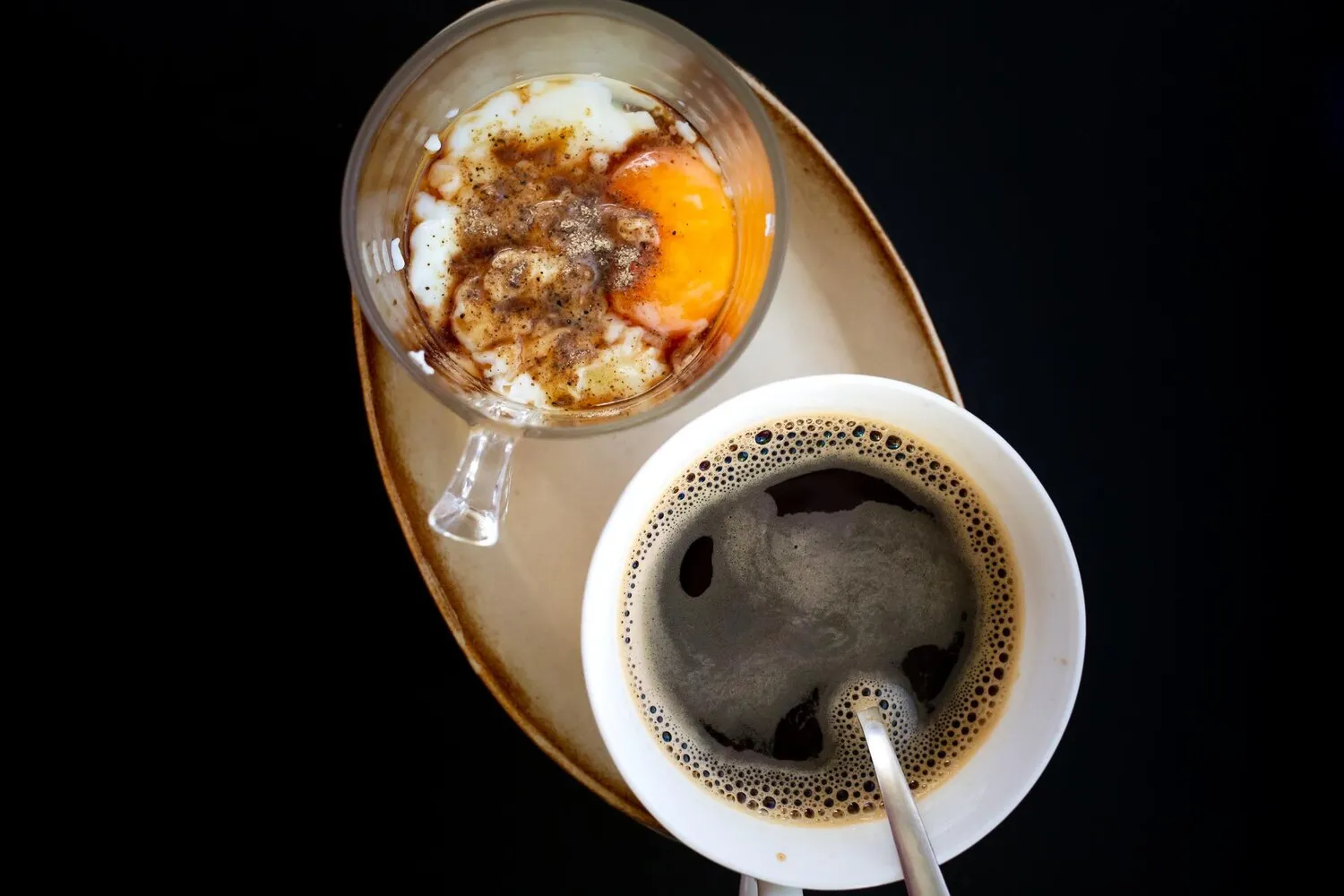
Espresso
A classic, concentrated coffee beverage.
Nutrition Facts
* The % Daily Value (DV) tells you how much a nutrient in a serving of food contributes to a daily diet. 2,000 calories a day is used for general nutrition advice.
Kaffeemacherei
Espresso emerged in the late 19th and early 20th centuries in Turin, Italy, driven by the desire to shorten brewing times and serve coffee more efficiently. Early espresso machines utilized steam pressure to force hot water through ground coffee, evolving into more sophisticated lever-operated and pump-driven designs.
Espresso is deeply ingrained in Italian culture and has become a global phenomenon. It's more than just a beverage; it's a social ritual, a quick pick-me-up, and a symbol of Italian lifestyle.
Bar Culture
In Italy, espresso is typically consumed standing at a bar, often as a quick stop during the day. It's a social experience where people briefly connect with baristas and other patrons.
Coffee Breaks
Espresso is a staple of Italian coffee breaks, known as 'pausa caffè'. It's a moment to relax, recharge, and socialize before returning to work.
Ritualistic Consumption
There are specific ways to drink espresso in Italy. Sugar is often added, and the crema is stirred in before drinking. It's generally consumed quickly, often in just a few sips.
Espresso is known for its intense, concentrated flavors derived from the extraction process. The key flavor elements include bitterness, acidity, sweetness, and body.
The flavor profile of espresso is complex and varies depending on the coffee beans used, the roast level, the grind size, and the machine calibration. Expect a bold, often slightly bitter taste with hints of chocolate, caramel, nuts, or fruit. The high pressure extraction brings out oils and compounds that contribute to a rich, full-bodied mouthfeel and a crema, a layer of reddish-brown foam on top.
Bean Selection and Grind
Use high-quality, freshly roasted coffee beans specifically roasted for espresso. Grind the beans immediately before brewing for optimal freshness. The grind size should be fine and consistent, allowing for proper extraction without over- or under-extraction.
Tamping Technique
Tamp the ground coffee evenly and firmly to create a uniform puck. Consistent tamping is crucial for even water flow and proper extraction. Aim for a pressure of around 30 pounds.
Water Temperature and Pressure
Use filtered water heated to the ideal temperature range (195-205°F or 90-96°C). The espresso machine should maintain a pressure of around 9 bars (approximately 130 psi) for optimal extraction.
Extraction Time
The ideal extraction time for a double shot of espresso is generally between 25-30 seconds. Adjust the grind size to fine-tune the extraction time and achieve the desired flavor.
Explore additional Coffee dishes and restaurants
Explore CoffeeDiscover top dining spots and culinary experiences in Frankfurt am Main.
Explore Frankfurt am MainLearn more about the food culture, restaurant scene, and culinary heritage of Germany.
Explore Germany